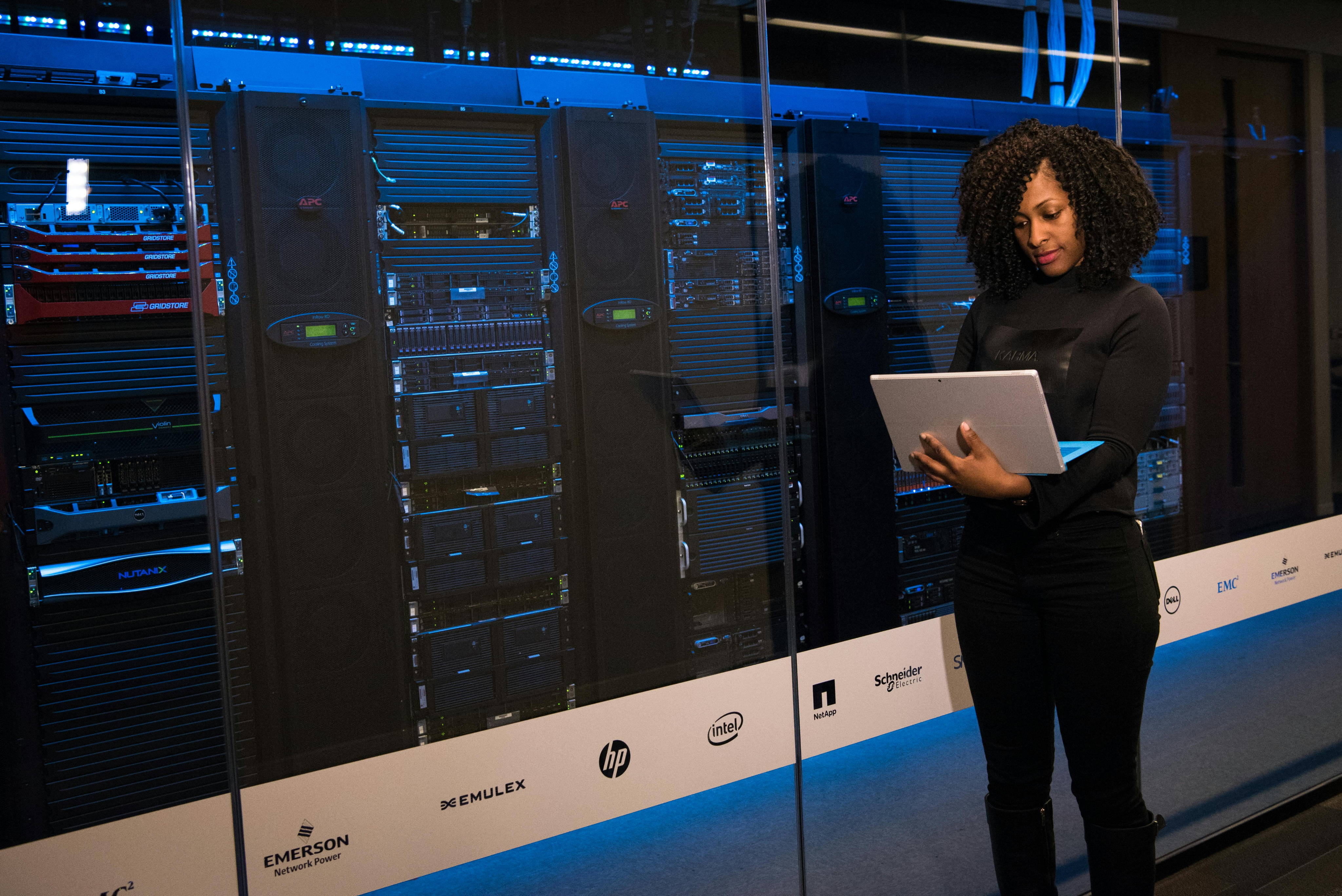Expanding Development of your Swordfish Implementations Using Open Source Tools
The SNIA Swordfish™ ecosystem is supported by open source tools, available in open repositories that are managed by the SNIA Scalable Storage Management Technical Working Group on GitHub, and the DMTF Redfish Forum, also on Github. This session will walk through the tools you can use to go from zero to working SNIA Swordfish implementations.






